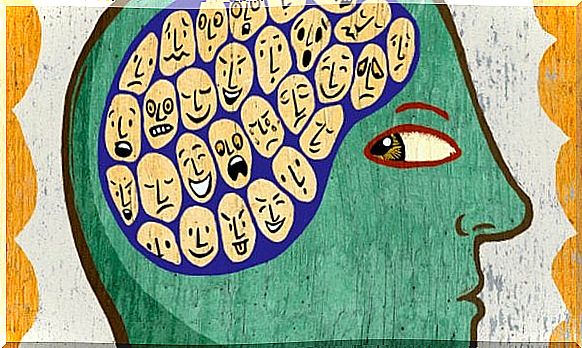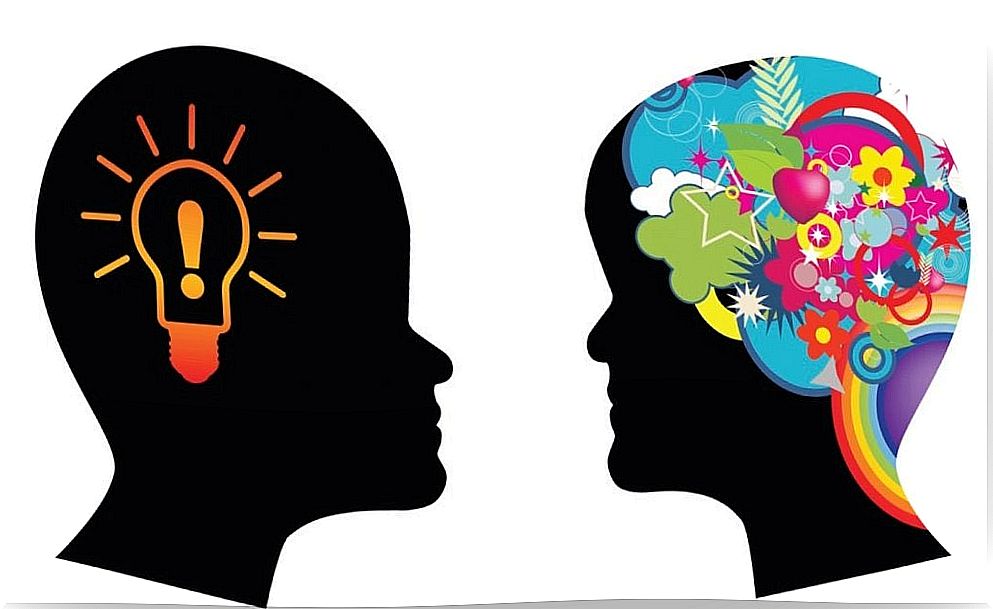How Do We Relate To Other Cultures?

It is often the case that there is very little talk about cultural intelligence and an awful lot about emotional intelligence. The latter is considered the ability to experience, process, understand and regulate one’s own emotions and those of others, thereby promoting emotional and intellectual growth. Based on this information, we interpret the world that surrounds us, which determines the way we think and act.
In general, great importance is attached to the relationships between people, but when these relationships transcend different cultures, it is important to keep in mind another kind of intelligence: cultural intelligence.
Cultural Intelligence
But what is cultural intelligence? It is nothing more than the ability to adapt when dealing with people from other cultures. For example, when we travel to countries where a different language is spoken, we want the people we meet there to take into account our language so that we can understand them. Do you do the same for someone else?

Aspects of Cultural Intelligence
Cultural intelligence consists of four aspects: the motivational, cognitive, metacognitive and behavioral aspect.
- The motivational aspect emphasizes the intrinsic interest in experiencing other cultures and interacting with other people. It is the desire to know and understand different things.
- The cognitive aspect includes the knowledge of the norms that exist in other cultures. Do you know how the economic system and the legal system in other cultures work? Do you know how to behave towards people from other cultures according to their social norms?
- The metacognitive aspect is the aspect that refers to transcultural awareness. This includes an understanding of the cultural aspects when people make judgments about their own thoughts and those of others. Basically, it involves understanding other people’s beliefs from their cultural point of view.
- Finally, there is the behavioral aspect, which refers to the ability to speak and gesture appropriately according to the norms of other cultures. Who hasn’t experienced problems when he had to order two beers on vacation? We need to ask ourselves how much we know about other cultures. Do you speak other languages? Do you know the rituals involved in other religious practices? What gesture do they use to say ‘ok’? And also, are we able to adjust our language when we talk to someone from another culture? Do we respect their customs? Can we find similarities between their culture and ours?

Two brain types
Perhaps in this globalist era, in addition to developing our emotional intelligence, we should focus on developing cultural intelligence. In this way we could increase our knowledge of other cultures and, ultimately, also get to know ourselves better, because getting to know another is really nothing more than getting to know yourself.
Cultural Intelligence in Afghanistan
What would you think if someone kicked the door of your house shut? You would probably find the behavior irritating, but perhaps less irritating than someone from Afghanistan would find, where this gesture is a real insult.
One situation that shone light on cultural differences and introduced cultural intelligence to the military was the war in Afghanistan.
One of the things that the soldiers did all the time and that was very badly received by the people of Afghanistan was letting dogs into their homes. In many countries, taking the dog on a visit is seen as normal, in general because it depends of course on the person, but now imagine that someone visits you with a pig, then it becomes suddenly a different story.
Initially, the American soldiers were not aware that according to Afghan culture, dogs should not have a place in the house, so they took them with them during their visits.
These two behaviors, which are only part of the many other differences that took place at the time, are examples of how the same behavior is not perceived the same by people of different cultures. Fortunately, General David Petraeus, who was in charge of the troops at the time, quickly realized that there had been miscommunication between his men and the Afghan people due to cultural differences and was able to compensate for his men’s mistakes.








